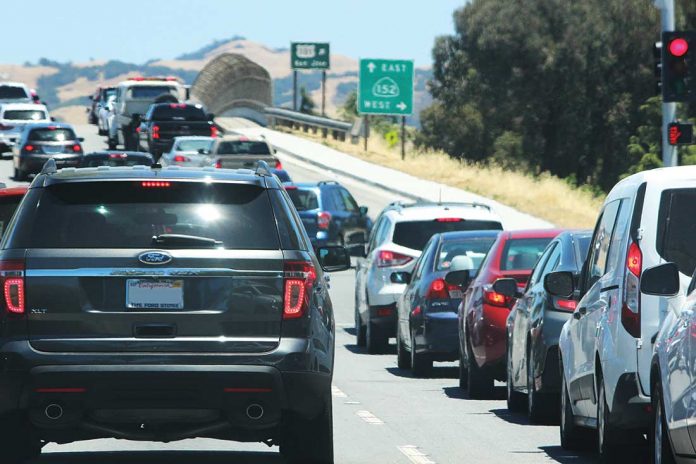
During March and April, the number of traffic collisions and arrests of intoxicated drivers dropped dramatically statewide compared to the previous year, according to the California Highway Patrol.
But it wasn’t because California’s notoriously reckless drivers began respecting the rules of the road. Rather, it’s because there were a lot less people behind the wheel.
As the shelter-in-place order went into effect across California in March, commuters ditched the keys and set up their offices at home, leaving parking lots empty and highways the quietest they have ever been.
But as that shelter-in-place order loosens and businesses begin to reopen, traffic on the highways is beginning to resemble its pre-pandemic state.
According to CHP’s Statewide Integrated Traffic Records System, there was a 75 percent decrease in the number of crashes in California this year from March 19 to April 30, as compared to the same period in 2019.
The number of DUI arrests made by CHP officers decreased during March and April, from 7,224 in 2019 to 4,223 in 2020. The data also found an 88 percent reduction in the number of people killed and a 62 percent decrease in the number of people injured in crashes.
However, the open highways in March and April were attractive for wannabe racers, as the CHP reported nearly double the amount of citations for drivers speeding more than 100 mph compared to 2019.
According to CHP Officer Chris Miceli, the Hollister-Gilroy area experienced reduced collision numbers similar to the state. In March and April, the area saw 121 and 83 crashes, respectively, compared to 167 and 151 in 2019.
The number rose to 113 crashes in May, but still below the 189 experienced that month in 2019.
However, with roughly two weeks still left to go in June, the month’s 71 crashes as of June 18 is close to the overall total for April, pointing to the increased traffic in recent weeks.
CHP officials advised drivers June 18 to expect a surge of traffic in the coming weeks, as summer approaches and state restrictions loosen.
Less traffic has also been beneficial to the area’s air quality, according to data from the Bay Area Air Quality Management District.
Estimates show that traffic had been reduced by 70 percent or more in the region during the early shelter-in-place period, according to the air district. Based on a 70 percent reduction in traffic, the district estimated that fine particulates in the air would be reduced by 20 percent, while carbon dioxide, or CO2 emissions, would be down by 26 percent.
The air district’s data for Gilroy shows fine particulates scoring a 32 and 35, or a rating of “Good,” on the air quality index scale for the months of April and May, respectively. In 2019, the same months showed scores of 50 and 52, breaking into the “Moderate” rating.







